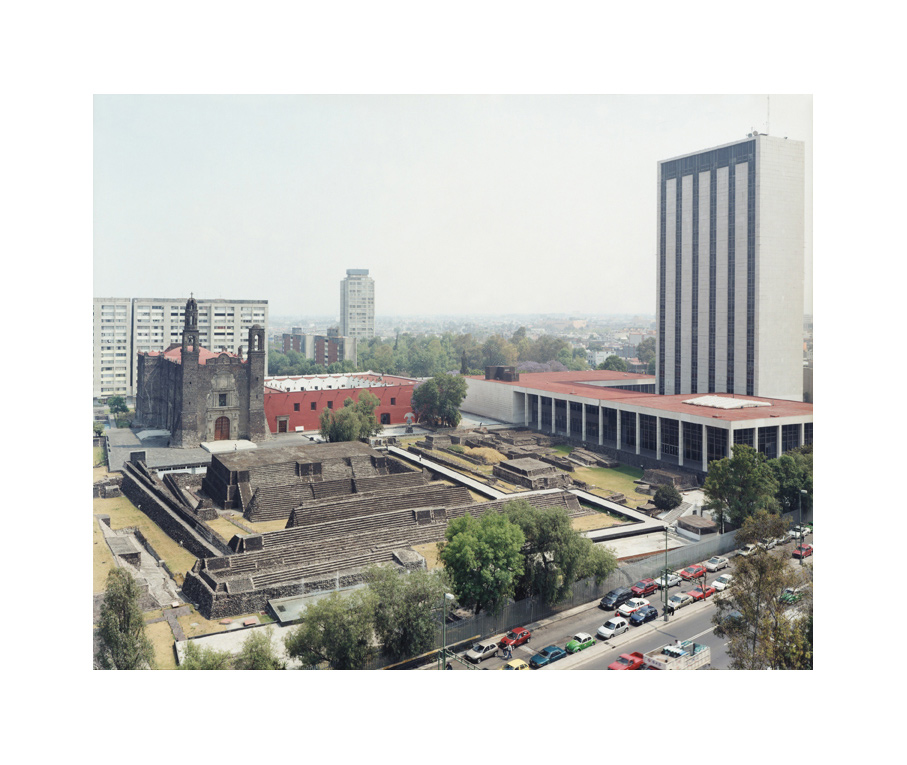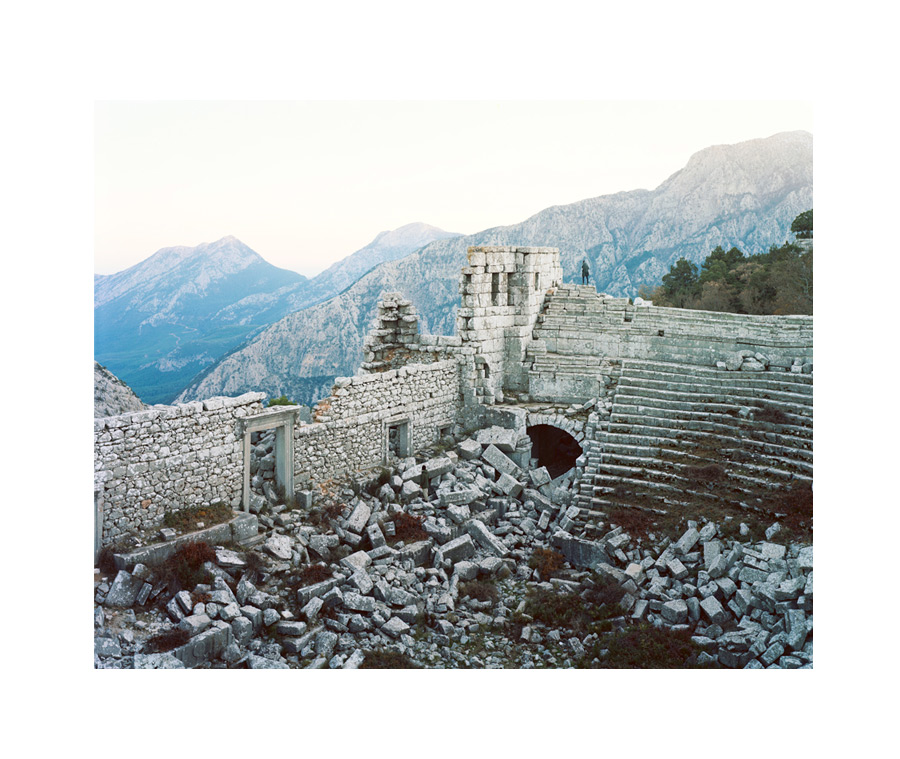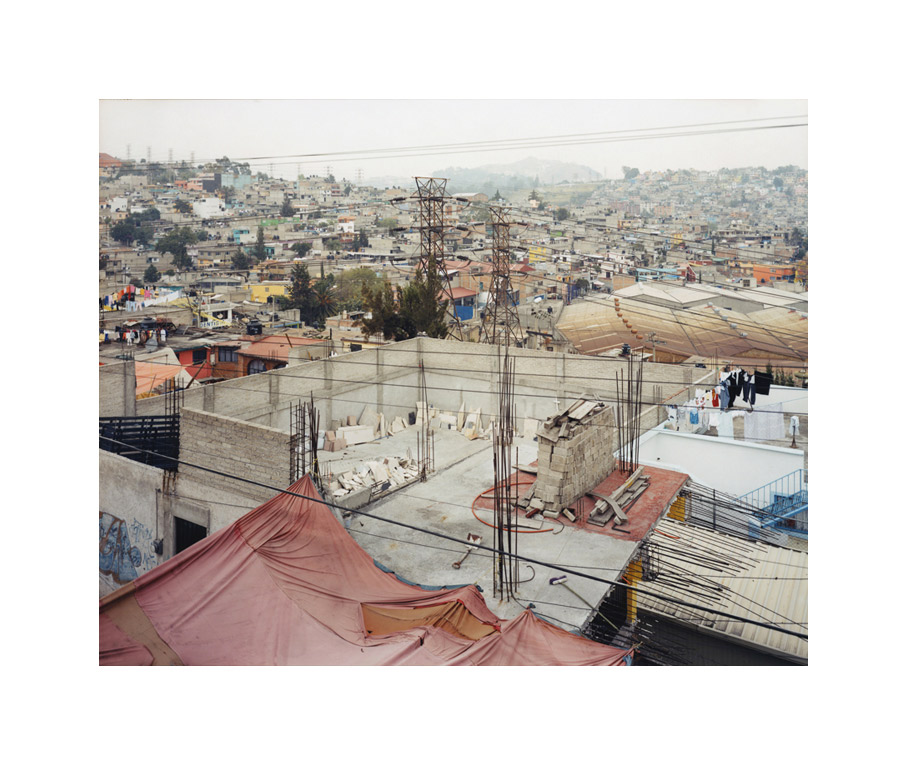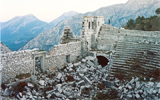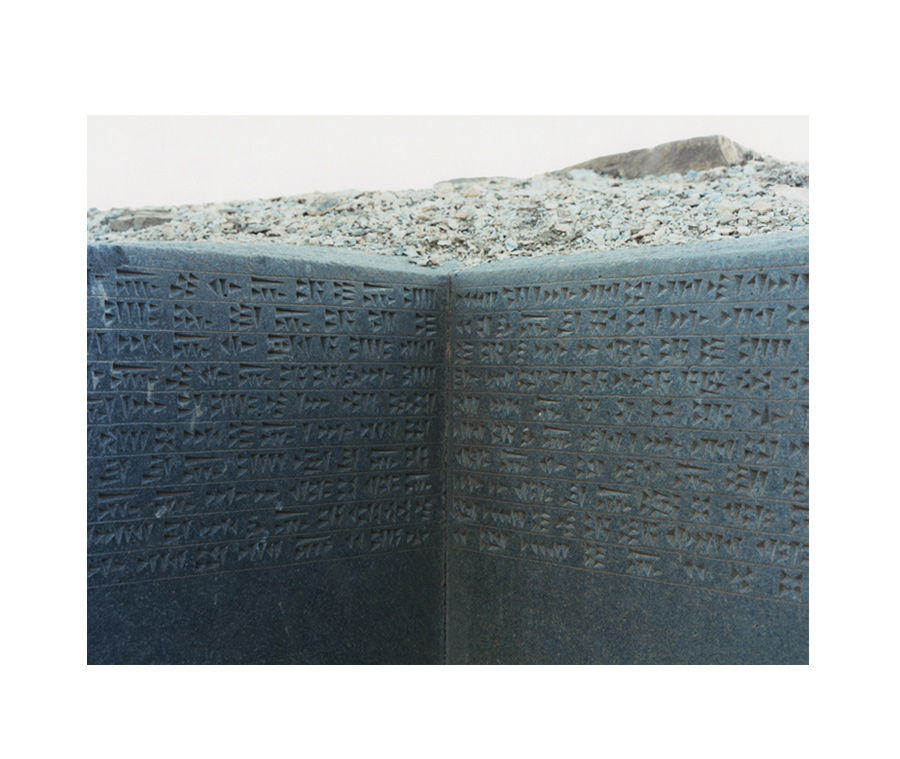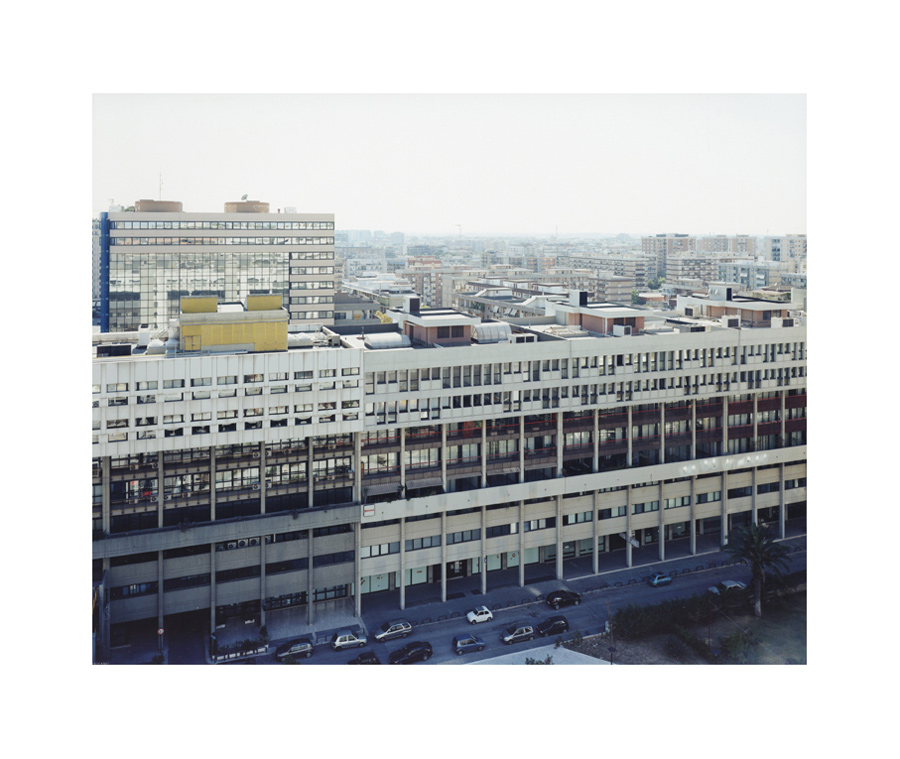The Italian photographer talks Eleonora Usseglio-Prinsi through a selection of his images, on display in London
Entering the Milella exhibition, my first feeling is one of disorientation. There are no captions to explain the images, no dates to give a chronological sense of order. Nor is there a sign with the name of the exhibition or the artist at the entrance – just a selection of thirty-five intense images spread across the two main rooms of Brancolini Grimaldi gallery.
“You have get into the image” photographer Domingo Milella explains to me, “you have to work with it – almost be suspicious, but at the same time is something that helps the visitor observe more carefully”.
Here, Domingo shares the personal itinerary running through the collection as he talks us through five favourite images from an exhibition spanning 10 years, including his latest travels around Turkey.

Bari, Italy 2004
“This was the view from my balcony at the house where I grew up [in Bari] between 6 and 18 years old. This image is really emblematic of my work; I started to ask questions about myself, about my environment, about my family, about my city, about my citizenship. This generated other questions regarding collective memory: how do we build and live in this way? I think of this great essay, Building Dwelling Thinking by Martin Heidegger – a building should be worth dwelling in, as much as dwelling should be worth thinking about.

Tlatelolco, Mexico City 2004
“This was taken the first time when I went to Mexico City. I was at the end of my studies at the School of Visual Arts in New York, and was preparing my thesis. I was suffering at the hands of the urban culture – ‘American’ culture – and learned a lot of things, but I couldn’t find my creative “passion”. I had everything in New York, but nothing resonated with me. [/one_third]But, after a few minutes in Mexico City, I realised I was finally in “America”, a nation with history. Square of the Three Cultures is the best representation of the American colonial history; every culture meets. Three stone shapes to represent the Aztec, Spanish–Catholic and modern-capitalistic civilisations.”

Naucalpan, Mexico City 2004
“ I visited this amazing colourful city where the natives had been pushed out from the city centre to the periphery. It reminded me a Middle Age village. In these colours I found Simone Martini and Giotto at the beginning of their landscape paintings – references to my culture. There was something archetypal in it: I was fascinating by the idea of expressing something from my culture through another culture.”

Cavustepe, Neoassiro, Turkey 2012
“This image is not archaeological or didactic; it doesn’t concern what is written on the stone. What its represents is a human act, exposed to the process (and decay) of time – it’s making graphic a thought. It’s a sculpture that tries to confront time. The Neoassiro commemorative stone is open to the elements and gravel is covering the sculpture. Worn down by the wind, the rain and changes in temperatures, the writing on the stone is still there. Now, photographers or designers of an artistic object have to confront this – so many things are created without any durability, significance or mnemonic value in mind.”

Termessos, Turkey 2012
“This is the theatre of Termessos in the Taurus Mountains. [It dates back to around the second century BCE], and what I like about it is this idea of “the purity of the ruin”. This ruin’s message is represented by the mosses and nature integrating with the ruins over time. What’s interesting for me is the ambition of the architecture in relation to the landscape where it’s situated. This amphitheatre was built by the Romans 1600 meters above sea level on the side of a Turkish mountain! I didn’t want make an ‘archaeological image’; by including people in the photograph, it becomes ‘contemporary’.”
Domingo Milella runs until 26 January at Brancolini Grimaldi 43 – 44 Albemarle Street, London W1S 4J





